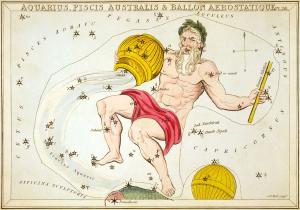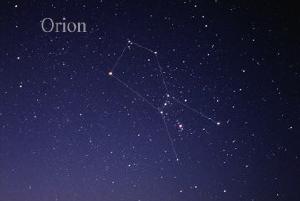Blog
Grab the Sky
24 January 2014
 Sidney Hall, 1825
Sidney Hall, 1825There are 88 constellations in the night sky. Some, such as Orion or the zodiac constellations are well known. Others such as Circinus or Scutum are less well known. Then there are some such as the Big Dipper, which aren’t constellations at all. The Big Dipper is an asterism that is part of Ursa Major. Our modern constellations were adopted by the International Astronomical Union in 1922, but their origins lay in early history.
The IUA constellations were devised by Norman Russell, and were based upon Ptolemy’s Almagest. The Almagest contained a list of 48 constellations originally compiled by Hipparchus. Of course this only covered the northern hemisphere regions, so constellations from the southern hemisphere also needed to be added. These were drawn largely from the observations of Dutch navigators in the 1500s.
 Till Credner
Till CrednerWhile our modern constellations are drawn from European tradition, there were and are different constellations used by other cultures. The constellation of Orion, for example, is seen as the hunter. In Lakota tradition it was a hand of peace. In Chinese tradition it is a white tiger, and the ancient Egyptians saw the sun god.
There are even historical constellations that aren’t comprised of stars. In Australia, aboriginal culture has a constellation known as the emu in the sky. This is comprised not of stars, but of the dust that stretches across the Milky Way.
 Barnaby and Ray Norris
Barnaby and Ray NorrisThe constellations don’t play a large role in modern astronomy. We sometimes assign names to objects based upon the constellations in which they reside, but for locating objects we rely on precise coordinates such as right ascension and declination, or the galactic coordinate system. But constellations are important for their connection to history. We humans are not just astronomers, we are also storytellers, and constellations serve to remind us of that fact.